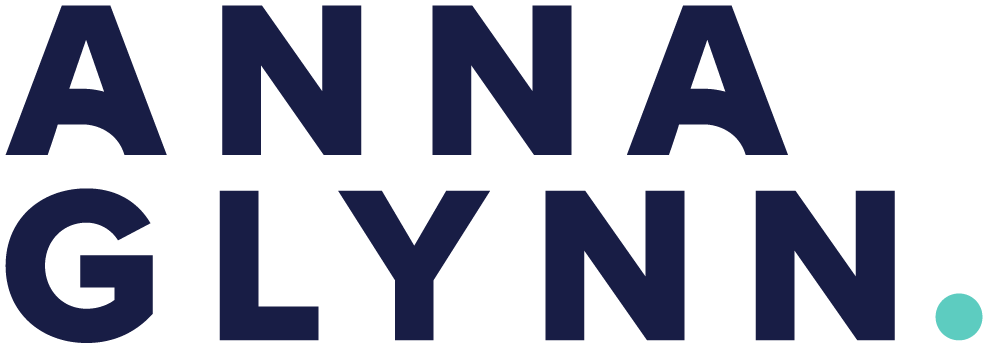Previously, we delved into the principles of STRONG, and discovered the strategies that achieve long-term sustainable success. So now, it’s time to consider the flip side…
Just as understanding why STRONG is crucial to thrive, exploring the opposite of these elements can offer valuable insights into what might be hindering our growth and performance. By looking at the opposite of STRONG, we can deepen our understanding of the hurdles we currently face, and how these principles support us to cope well and be at our best in spite of the challenges.
What does it look like when we’re not STRONG?
Below we delve into what it looks like when STRONG isn’t the focus.
Play to weaknesses – we concentrate on closing our gaps and fixing our weaknesses as a way to improve our performance as opposed to leveraging our strengths. We don’t ask for feedback about what we’re doing well but rather what we need to improve. We are bored or anxious more of the time as we don’t have the strengths to meet our challenges, or we’re not utilising them enough so we experience little time in flow.
Psychologically unsafe – we’re part of an environment that lacks trust and psychological safety, which means we struggle to collaborate effectively or innovate. We aren’t encouraged to take risks, share our ideas openly or to learn from one another. We don’t prioritise the time to strengthen our relationships with those around us including our clients, stakeholders and team members. As a result, we don’t feel a sense of belonging or connection.
Fragile – when resilience is lacking, we struggle to navigate setbacks and challenges effectively. Without the ability to grow from failures or to handle pressure well, we can become stuck in adversity. We might ruminate, procrastinate and lack motivation. This mindset impedes our growth and success, making it difficult to thrive in our ever-changing working environment.
Pessimism – Without positive expectations about the future, it can be difficult to take action, to problem solve or to see challenges as opportunities, which hinders performance. Pessimistic outlooks breed complacency and discourage proactive approaches to challenges. Without a balance of optimism and realism, we struggle to adapt to changing circumstances and capitalise on opportunities, which ultimately hinders our ability to achieve success.
Low quality networks – when we fail to prioritise nurturing high-quality relationships, we suffer from depleted energy and increased stress levels. Low-quality relationships drain us of motivation and enthusiasm, leaving us feeling disconnected and uninspired. Without strong relationships around us, we lack the support and camaraderie needed to thrive in challenging environments.
Amotivation – When we don’t know our purpose, we can struggle to find meaning and motivation in our work and lives, which can leave us feeling disengaged and aimless. Without clear goals and expectations, we may lack direction and fail to perform at our best. When we’re not intrinsically motivated, we may find that we lack the drive and passion needed for sustained success.
Below is a table that summarises STRONG as the ‘This’ and the flip side as the ‘That’.


Perhaps now you have realised that in some areas you might be more focused on the ‘That’ and not the ‘This’ aka STRONG. Leaders might have discovered that they may be unconsciously creating environments where there is more ‘That’ not ‘This’.
So in which area do you need to make a shift to the left? And how will you do that?
By focusing on the ‘This’, you will be setting yourself and those around you to thrive.




